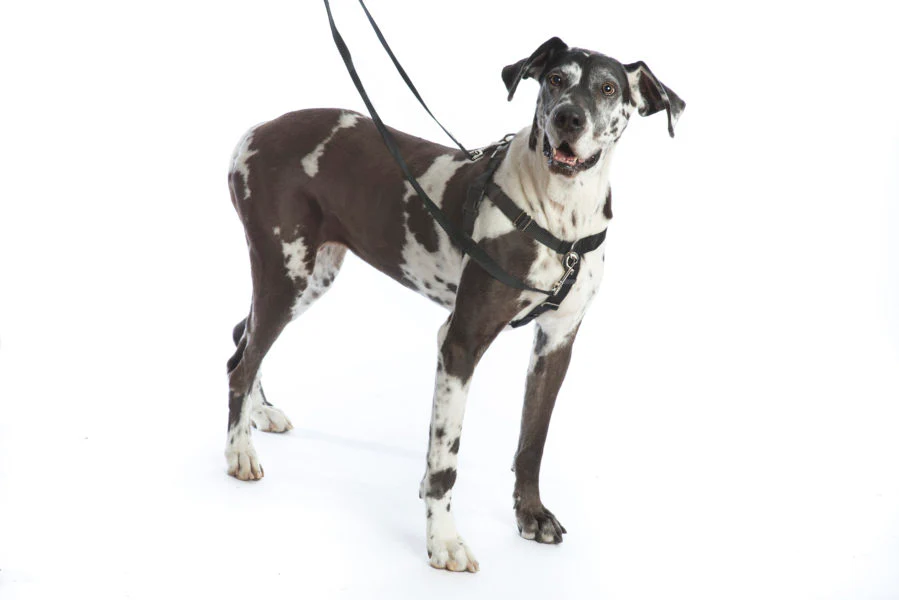By the time you finish this article, you’ll have a solid understanding of one of the most overlooked, yet critically important, tools for safe dog walking: the dog harness. While many pet parents obsess over the color or pattern, the fit is what truly matters. Think of it like running shoes—you wouldn’t run a marathon in a pair that’s too tight or too loose, right? The same applies to your dog and their harness. A well-fitted harness means more comfort, more safety, and way fewer walk-time battles.
So, let’s talk about how to get that perfect fit—and why it matters so much.
Why Fit Matters
Dogs are curious by nature. They pull. They twist. They leap. And some? They vanish like magicians when a harness doesn’t fit correctly. A harness that’s too loose is an open invitation for your pup to wiggle out and bolt. One that’s too tight can rub, pinch, or even cause long-term joint issues.
When it fits just right, though? Your dog moves freely and comfortably, and you get peace of mind knowing they’re secure and happy.
First Step: Measuring Your Dog
Before you even browse harness options, you’ll need three key measurements to ensure a proper fit:
- Chest Girth: This is the most crucial measurement. Wrap a soft tape measure (or a piece of string, if you’re old school) around the widest part of your dog’s chest—typically right behind the front legs. This ensures the harness won’t be too tight across the ribs or slip out of place.
- Neck Circumference: Some harness styles require a neck measurement too. Use your tape to wrap around the thickest part of your dog’s neck. Keep it snug, but not tight.
- Weight: While not as precise as measurements, weight helps determine the strength of the harness material needed. A 20-pound terrier doesn’t need the same reinforcement as a 90-pound shepherd.
Pro tip: Sizes vary widely between brands. A “medium” from one company could be a “large” at another, so always go by measurements—not just labels.
The Two-Finger Rule
Once your harness is on, there’s one timeless trick to check the fit: the two-finger rule.
You should be able to slide two fingers between your dog’s body and the harness. If you can’t, it’s too tight. If you can fit more than two fingers easily, it’s too loose. Simple, yet effective.
Signs Your Harness Isn’t Working
If your dog resists walks, freezes up when you reach for the harness, or behaves differently once it’s on, those are red flags. Watch out for:
- Wiggling or escaping out of the harness
- Visible rubbing or loss of fur where the harness rests
- Red spots or irritated skin, especially under the armpits
- Harness shifting or rotating during walks
- Chest strap loosening over time
Dogs can’t say “ouch” or “this is too tight,” so these behavioral and physical clues are their way of telling you something’s off.
Harness vs. Collar: Which is Best?
While collars still serve a purpose—especially for ID tags—harnesses are generally safer and more comfortable for walking. Collars put pressure directly on a dog’s neck and trachea, especially when they pull. Over time, this can lead to coughing, choking, or even long-term damage.
Harnesses, on the other hand, distribute pressure across the chest and shoulders, reducing the risk of injury and offering better control for the handler. If your pup is a puller, an escape artist, or simply in training, a harness is almost always the better choice.

Avoiding Common Mistakes
- Don’t go too tight to “control” your dog. That only causes discomfort and can lead to behavioral issues.
- Don’t skip the measurements. Eyeballing size almost always backfires.
- Don’t ignore the material. Soft, breathable fabrics reduce chafing and are especially important for long walks or active dogs.
- Don’t buy just for style. A fashionable harness that fits poorly is worse than no harness at all.
When the Fit Is Right
When your dog’s harness fits well, it becomes a tool of freedom rather than restraint. Walks become more enjoyable. Your dog stays safe, comfortable, and easier to guide. And, let’s be honest, you’ll both look better strolling through the neighborhood.
A high-quality, adjustable harness—like the Freedom No-Pull Harness—offers versatility and durability for dogs of nearly every size, from tiny toy breeds to giant gentle giants. Designed with comfort in mind, it helps redirect pulling while ensuring even pressure distribution across the body.
Final Thoughts
Your dog’s harness isn’t just an accessory—it’s a connection point between you and your pup, a symbol of trust, and a tool for safety. Take the time to measure, fit, and test it properly. In return, you’ll get smoother walks, a happier dog, and fewer worries.
Because when it comes to exploring the world together, comfort and security are everything.


